The New-Look MX3 Class: Good or Bad Thing?
When it comes to motorcycle racing in Australia, there has always been a sharp divide between Junior (under 16 years of age) and Senior (16 and over) riders, no matter which discipline you’re talking about. But, as Race Pace Promotions’ Michel Constantinou explains, that has abruptly changed with the recent introduction of the redefined MX3 class for motocross racing in Oz. This new-look MX3 class will see the integration of Junior and Senior riders – so long as they’re in the 14 to 18 age bracket – into the one class.
But is this class change a good or bad thing? Are there any unintended consequences? Why all the confusion about this new MX3 class? And what are the long-term implications for the sport?
Having promoted the East Coast MX series for the past 10 years, and been heavily involved with the sport’s administration and rider tuition for even longer, Michel Constantinou is well placed to address those questions. Here’s his take on the issue…
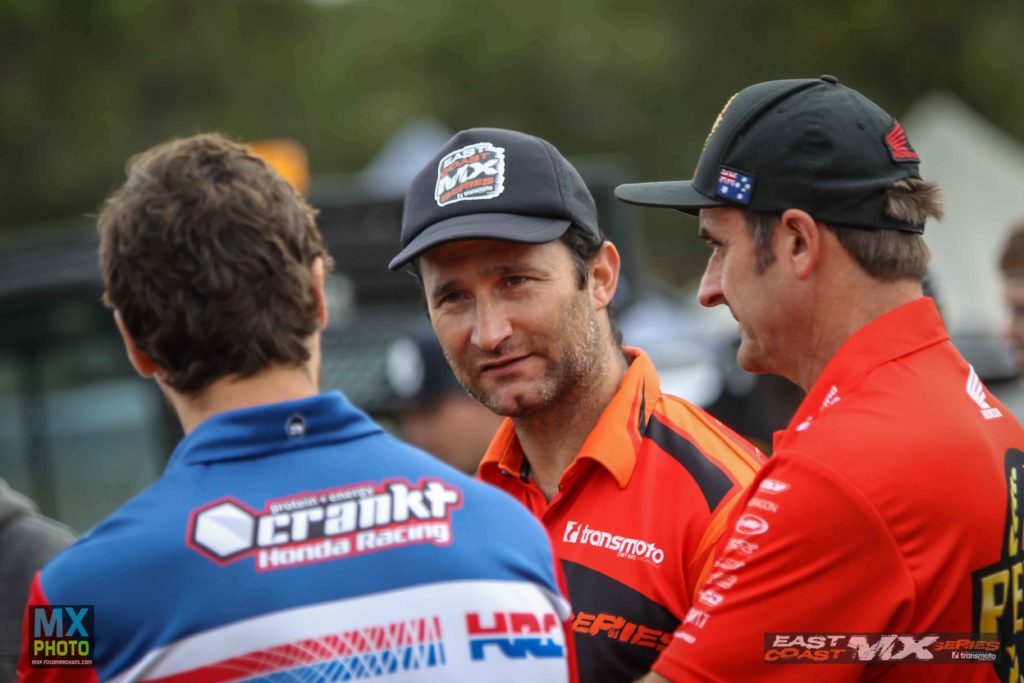
Why was the MXD (Under 19) class cancelled and replaced by the MX3 class?
Motorcycling Australia (MA) claims that the new MX3 class creates a better and more flexible pathway for Junior riders; that it will support development of motocross in Australia, and assist riders to gain the vital skills to be able to progress to MX2 and MX1 Senior classes. You can read MA’s full explanation here.
How will this work?
On the surface, it seems like a good idea. But the devil is in the detail. MA has confirmed that all riders who are 14 and under 18 as of January 1, 2021, are eligible to compete in the new MX3 class this season (aboard 125-150cc 2-stroke and up to 250cc 4-stroke bikes), regardless of whether they were competing in MXD, MX1 or MX2 in 2020. Riders can also request an exemption from MA to turn Senior early – at 15 years of age. But here comes the confusing part. Senior riders wanting to compete in the MX3 class for the year must compete in the MX3 class at events that offer the MX3 class, but they are not allowed to enter any other Senior classes at those events. However, if an event does not offer the MX3 class, then Senior riders can compete in any Senior classes available at that event without jeopardising their eligibility to race MX3 at other events. For example, East Coast MX does not have an MX3 class in their program, meaning Senior riders can compete in multiple classes of their choosing and will still be eligible to compete in MX3 at other state and/or national events.
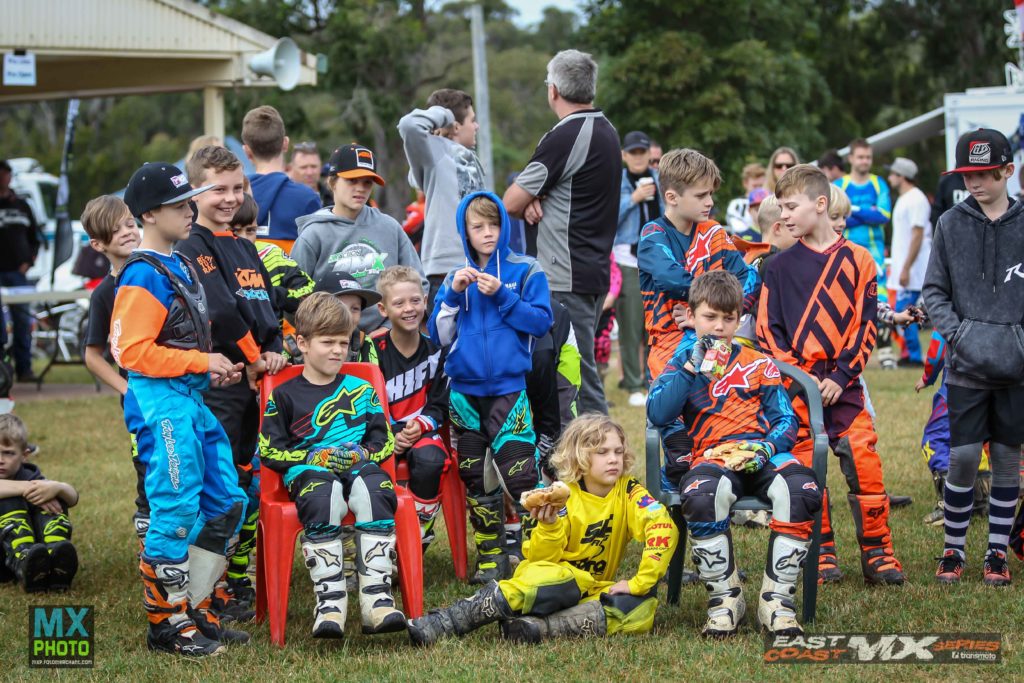
How can Juniors and Seniors be allowed to race on the track at the same time? Separating the two was always a hard and fast rule, right?
It has always been the understanding of most officials that Juniors and Seniors cannot be on the track at the same time, let alone competing together in the same race. What happens when a young small-framed 14-year-old rider is seriously injured on the track due to a collision with a fully developed 18-year-old? Hopefully this will never happen, but it does beg the question.
Does this change benefit everyone involved – ie, MA, promoters/clubs, competitors and officials?
Motorcycling Australia: From MA’s perspective, the new MX3 class will benefit the sport because it will act as a stepping-stone that helps bridge the gap between Juniors and Seniors, and as a result hopefully increase grid numbers at state and national motocross events. Will it, though? Well, at national level, MXD was always the largest grid, and full most of the time. I would have thought it would have been better to extend the Junior age from 15 to 17 so that riders transition to Senior at 18 years of age, not 16. I believe this would increase participation and prompt riders to stay in the sport longer. Why? Because most parents say that when their kid turns Senior, they need to support their own racing. If this age limit change was made, I think that parents would continue to financially support their kids while they are still racing Juniors (bearing in mind that riders can’t sign themselves on until they are 18 years of age). It’s a boys versus men issue. Young teens are not fully mentally or physically developed by 16 years of age, and I feel that it is too much pressure on kids to be thrown into professional racing, where they compete against fully developed and experienced riders. Plus, I believe we have a duty to encourage kids to fulfill their education requirements as well as participate in the sport. Kids are at school util they are 18 years old, and the last three years of high school are the most important. So, if they are forced to race professionally at 16 years old, they either:
- Stop racing so they can finish their secondary education;
- Leave school in the hope of making a professional career in racing; or
- Try to cope with achieving their high school objectives as well as competing at the highest sporting level, which is a lot of pressure at this age. And this puts them at a disadvantage to other riders who decide to leave school and focus all their time and effort into racing.
However, for the less than 1% of riders who can make a successful career out of racing, then let them have an exemption to race Senior at 16 years of age.
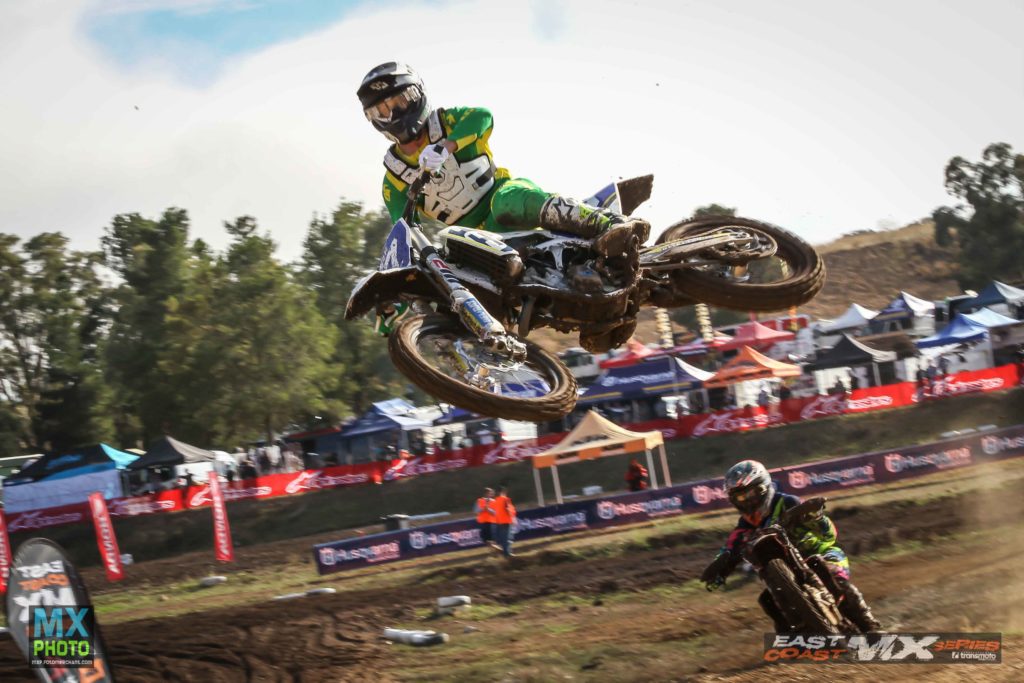
Promoters/Clubs: Time will tell, but I believe that although most Junior riders only racing a 250cc machine will relish the opportunity to race a second class at events, this will reduce the incentive for Senior riders to enter because they are limited to racing the MX3 class only. For example a lot of Senior riders recently missed out on racing the popular Coffs Harbour StadiumCross because there was only 24 gates available, most of which were taken by Junior Lites riders that entered early. Not only did the Senior riders (who didn’t make the grid) miss out on the event, but the promoter missed out on entries in Senior classes (remember, those riders could not race any other Senior class if they wanted to be eligible to race MX3 at future events).
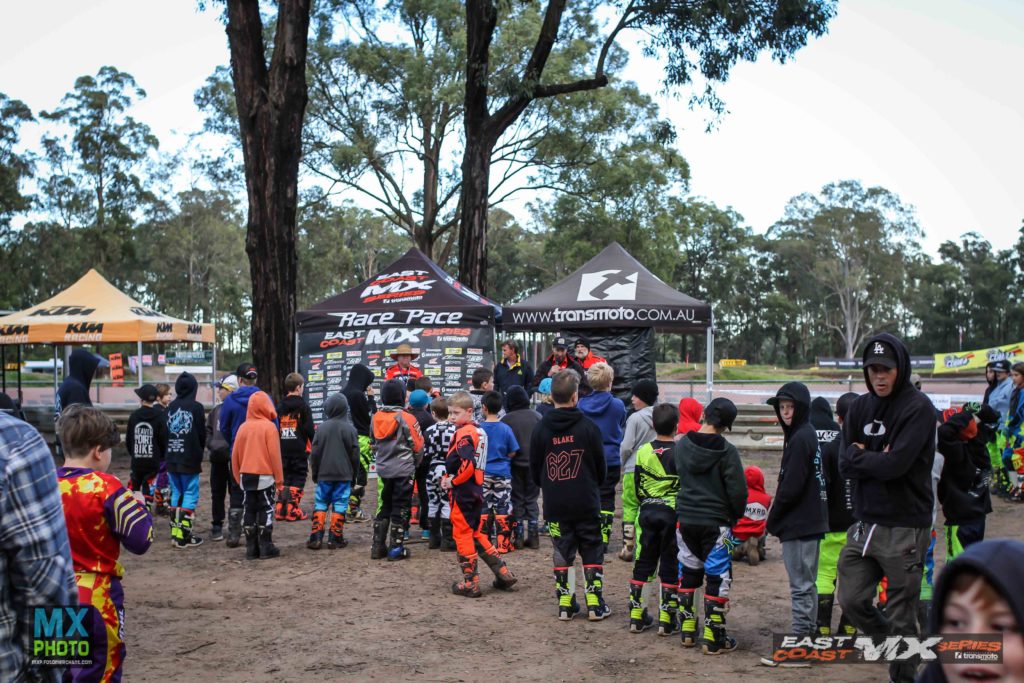
Competitors: As the aforementioned Junior riders only racing a 250cc machine will relish the opportunity to race a second class at events, this will also reduce the incentive for Senior riders to enter because they are limited to racing MX3 only. It will also limit the amount of racing for those Senior riders wishing to compete in MX3 at state and national level because they will see more value in training privately than traveling to race three 10-minute motos at an event.
Officials: Unfortunately, competitors don’t normally read the rule book, supp regs or event information. So, as always, a lot of the onus falls on the volunteer officials to administer the rules handed down from above. And I think officials are going to have their hands this season full trying to explain the new rules to competitors, enforce the new rules, and deal with protests from competitors claiming their opposition is ineligible to compete at an event because they have ridden other Senior classes (ie, MX1 and MX2) at another event.
Please note that these opinions are my own and are in no way a criticism of MA, the governing body, or anyone else. And I welcome your feedback on the issue.
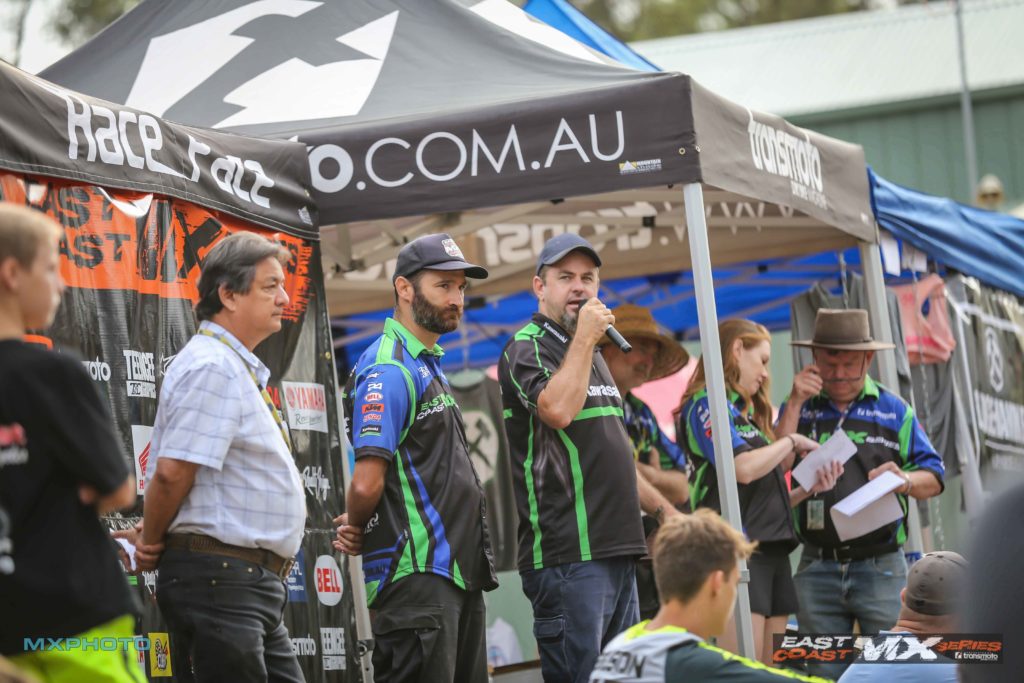
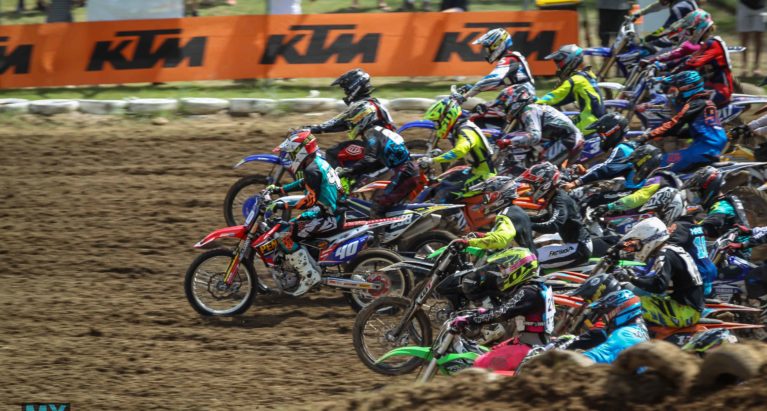
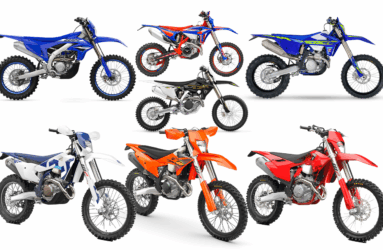


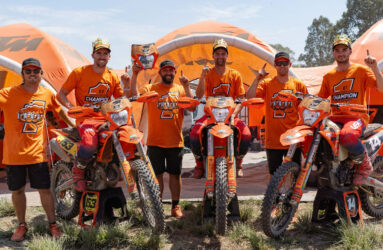

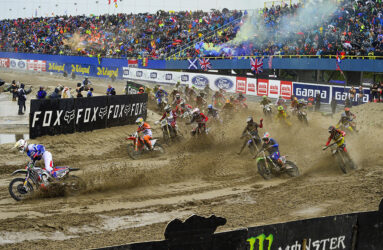
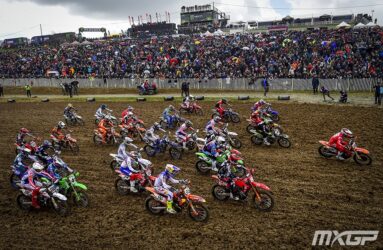

Be the first to comment...